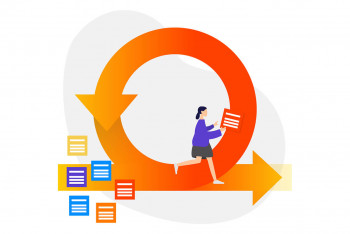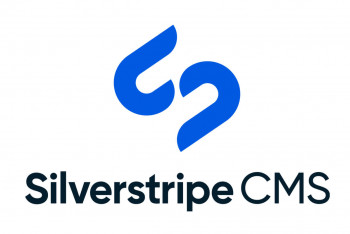Welcome to the fast-paced world of Agile project management 101, the modern solution to keeping your projects streamlined, efficient, and most importantly, successful. Agile project management is more than just a management style, it's a philosophy rooted in adaptability and collaboration.
Agile Overview
Agile project management was born out of a need to improve software development process in the early 2000s, as the traditional "waterfall" approach couldn't keep pace with the rapidly evolving tech landscape. In a nutshell, Agile promotes a flexible, iterative approach to project management, focusing on continuous improvement, scope flexibility, team input, and delivering essential quality products. If you've ever heard of phrases like "sprints", "Scrum", or "Kanban", you're already familiar with some elements of Agile.
Agile vs. Traditional Project Management
In stark contrast to traditional project management, which is linear and sequential, Agile is dynamic and flexible. Traditional project management is like using a roadmap, while Agile is more like using a GPS — it gives you the freedom to change your direction on the fly while still reaching your destination. With Agile, the roadblocks that often delay projects in a traditional setting can be swiftly navigated or even removed entirely.
Best Practices and Mistakes to Avoid
The Agile process is as much about what you should do as what you shouldn't. Common pitfalls like neglecting the needs of the customer, lack of communication, or poor backlog management can significantly hamper an Agile project. For instance, the role of a Product Owner is crucial to avoid these mistakes as they act as the bridge between the client's vision and the team's action.
Agile Development Cycle
In Agile, the development cycle is broken down into iterations or sprints. Each sprint lasts for a specified time frame (usually 2-4 weeks) and at the end of each sprint, a potentially shippable product increment is delivered. To ensure this process runs smoothly, daily meetings, or 'stand-ups', are held to discuss progress and potential impediments.
Advantages & Disadvantages of Agile
Like any other project management methodology, Agile comes with its own set of pros and cons. On one hand, Agile offers flexibility, improved product quality, and increased customer satisfaction. On the other hand, it may lead to scope creep and requires a high level of customer and team engagement.

The Characteristics of Agile Project Management
Agile project management is characterized by flexibility, collaboration, and customer-centricity. It promotes an interactive and proactive approach, where change is not just expected but embraced. The Agile approach is also results-focused, valuing working software over extensive documentation.
User Stories
In Agile, 'user stories' play a vital role. They are short, simple descriptions of a feature told from the perspective of the end-user. User stories help to create a simplified description of a requirement, facilitating easier conversation between team members.
Sprints
As we mentioned before, 'sprints' are fundamental to the Agile approach. They're time-boxed events where specific work has to be completed and ready for review. Sprints help to break down a project into manageable chunks, allowing teams to focus on high-priority tasks.
Kanban vs. Scrum: What's the Difference?
In the Agile world, Scrum and Kanban are two popular methodologies that teams use to implement Agile principles. While both methodologies aim to reduce waste and improve efficiency, they each have a unique approach. Scrum focuses on iterations called "sprints", while Kanban emphasizes continuous flow and visualizing the work in progress. You can learn more about this in our comprehensive Agile Methodology guide.
Top Methodologies Used to Implement Agile - Scrum
Scrum is one of the most popular Agile methodologies. It's a framework that helps teams work together, encouraging physical co-location or close online collaboration of all team members, and daily face-to-face communication among all team members and disciplines involved.
Top Methodologies Used to Implement Agile - Kanban
Kanban is another popular Agile methodology. It's a visual system for managing work as it moves through a process. Kanban visualizes both the process and the actual work passing through that process. The goal of Kanban is to identify potential bottlenecks in your process and fix them so work can flow through it cost-effectively. For those interested in taking their Agile knowledge to the next level, the Somar Digital Product Owner Workshop is a great resource.
Learn Agile First — Then Learn How to Scale It
The concept of Agile can seem overwhelming at first, but it's crucial to understand the fundamentals before attempting to scale it. Much like you wouldn't attempt to sprint before learning to walk, scaling Agile requires a deep understanding of Agile methodology. It's also important to understand that scaling Agile doesn't just mean making it bigger, but making it better.
And there you have it, a broad overview of Agile project management. Remember, Agile isn't a destination, but a journey of continuous improvement and adaptation. Don't be afraid to embrace change, for it's at the heart of what makes Agile, well, agile.
For more in-depth knowledge, visit these resources: Agile Software Developmen(external link)t, Agile Basics(external link), Agile Manifesto(external link).




